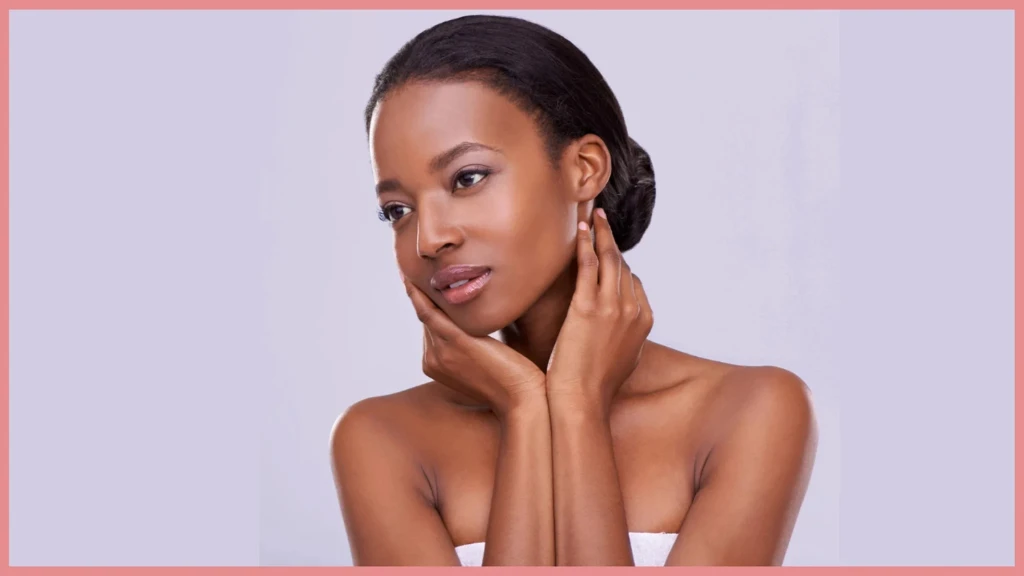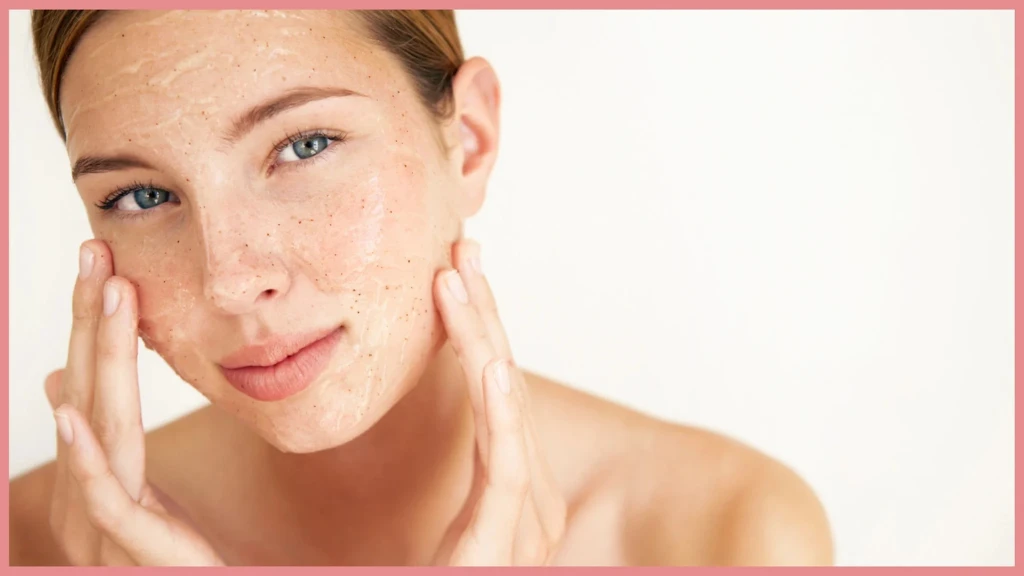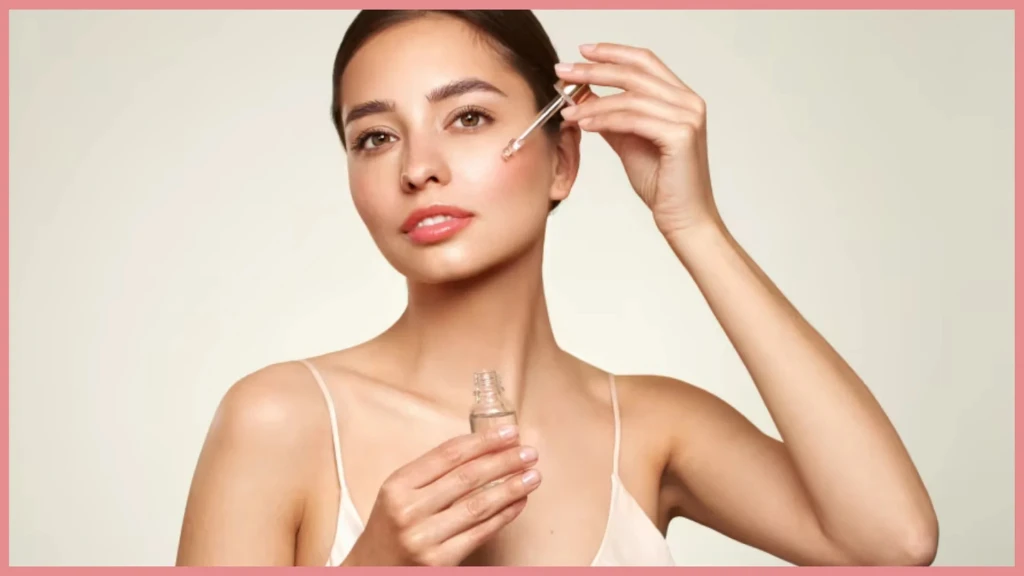Can You Use Tretinoin on Your Neck?
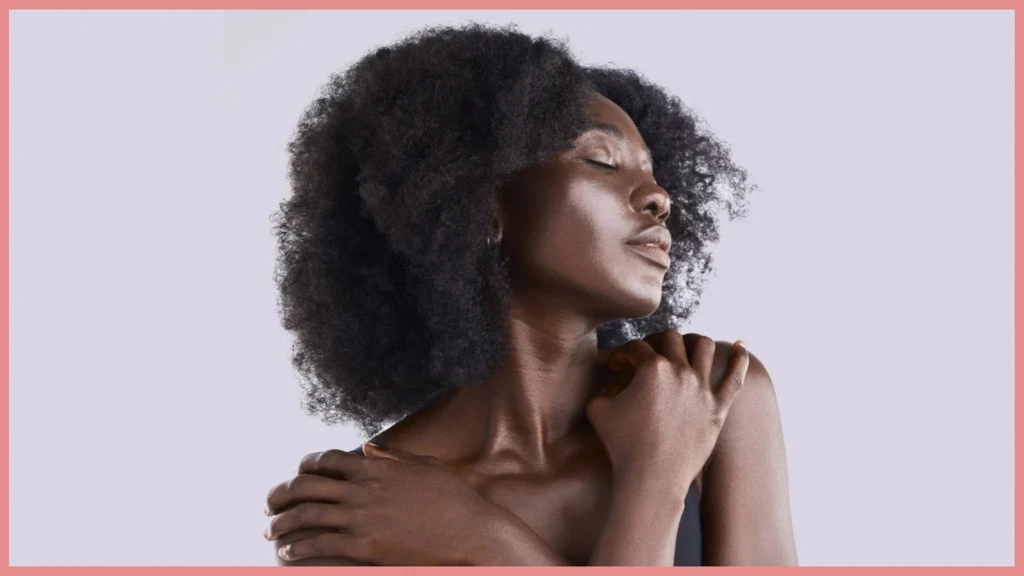
Many of us put a lot of time and effort into our skincare routine. I'm always on the lookout for new products, reading reviews, and hoping to find that perfect combination of products that's going to give me glowing, soft, moisturized skin. The problem? I never considered my neck as part of the equation. So, if you’re like me, you’ve ignored your neck for far too long, and that has to change.
We spend hours obsessing over serums, acids, and moisturizers for our face, but the neck? It’s usually an afterthought if we even consider it at all. Here’s where tretinoin comes into the conversation.
This potent, vitamin A-derived powerhouse is widely recognized for its anti-aging and acne-fighting benefits on the face. But, can you actually use tretinoin on your neck?
The short answer is yes, but there are some things you should know before slathering it on. I'll break down what tretinoin can do for your neck, the right way to use it, and what you need to keep in mind.
Dermatologist's Guide: Applying Tretinoin to The Neck Safely
The Science of Tretinoin
Before diving into whether or not you can use it on your neck, it helps to understand what tretinoin actually does. Tretinoin, a retinoid, is a derivative of vitamin A.
It’s one of the most studied and effective ingredients out there for reversing signs of aging and treating acne. But how exactly does it work?
- Increases Skin Cell Turnover
Tretinoin accelerates the shedding of old skin cells, helping fresh, new ones come to the surface more quickly. Think of it like giving your skin a reboot—out with the old, in with the new. - Boosts Collagen Production
One of the standout benefits of tretinoin is its ability to stimulate collagen and elastin, which are essential for keeping your skin firm and plump. If you’re noticing sagging or crepey skin on your neck, this could help tighten things up. - Regulates Oil Production
Although not typically an issue on the neck, it’s worth mentioning that tretinoin can reduce oil production, which is why it’s a hero ingredient for acne-prone skin. - Improves Blood Circulation
By promoting the formation of new blood vessels, tretinoin improves overall skin health, giving you that healthy glow over time.
Tretinoin vs. Retinol: What’s the Difference?
It’s easy to get confused between tretinoin and retinol, so let’s clear that up. Both are derived from vitamin A, but tretinoin is far more potent.
Through research, I learned that retinol needs to convert to retinoic acid in your skin to work its magic, but tretinoin is already in its active form. That means tretinoin works faster, but it also carries a higher risk of irritation. I learned that the hard way, so I hope that you all don't have the same experience as I did.
If you’re new to retinoids, it might be wise to start with a milder over-the-counter retinol before making the jump to tretinoin, especially if you’re considering using it on the delicate neck area.
Many people use tretinoin for anti-aging, but is it safe for the neck area? If you're looking to improve your anti-aging routine, check out the best skincare routine for women in their 40s and why hyaluronic acid is essential for hydration.
Benefits of Tretinoin for the Neck
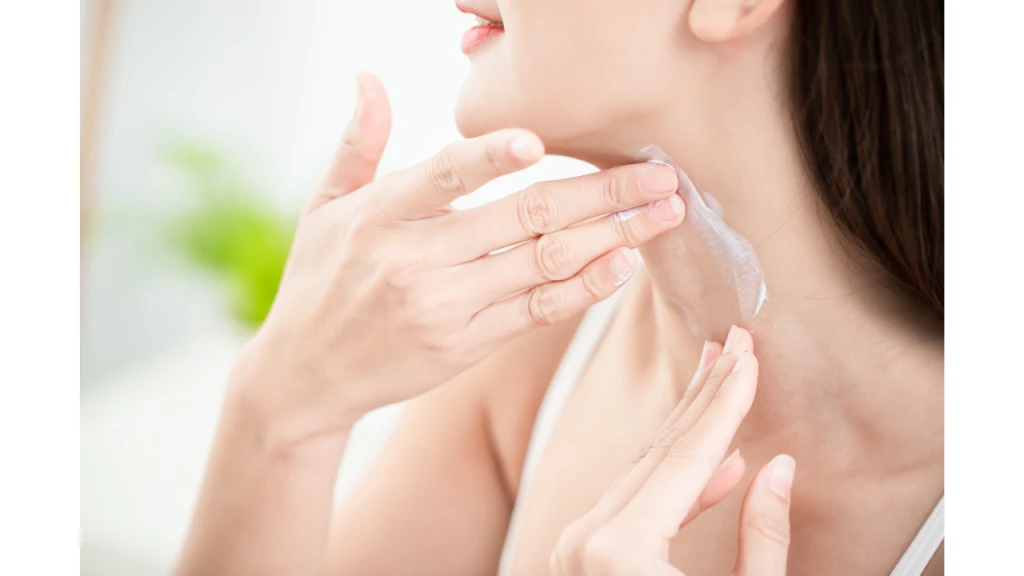
We often focus so much on facial skincare that the neck gets neglected, yet it’s one of the first places to show signs of aging. So, let’s talk about the benefits.
Anti-Aging
- Reduces Fine Lines and Wrinkles: Tretinoin helps soften the appearance of fine lines and wrinkles by stimulating collagen production.
- Improves Skin Firmness: Over time, you may notice your neck skin feeling less crepey and more resilient.
- Fades Hyperpigmentation: Age spots and sun damage on the neck? Tretinoin can help fade these over time, leaving your skin tone more even.
Acne Treatment
- Reduces Breakouts: If you’ve ever dealt with annoying neck acne (yes, that’s a thing), tretinoin can help clear it up.
- Decreases Blackheads and Whiteheads: It can unclog pores, reducing those tiny bumps that can sometimes appear on the neck area.
Other Benefits
- Smoother Skin Texture: Tretinoin can refine skin texture, making it smoother to the touch.
- Minimizes Pore Appearance: While the neck doesn’t usually have enlarged pores like the face, tretinoin can help maintain a more refined look.
Safety and Application Considerations
Using tretinoin on your neck can be beneficial, but it requires a little extra care to avoid unwanted side effects.
The skin on your neck is naturally thinner and more delicate than your face, making it more prone to irritation.
Neck Skin Sensitivity
The skin on the neck is more fragile, which means it’s quicker to react to strong skincare ingredients. Tretinoin works wonders on the face, applying it to the neck can sometimes result in irritation if not done correctly.
You might notice more redness, dryness, or even peeling when you first start using it on this area.
Potential Side Effects
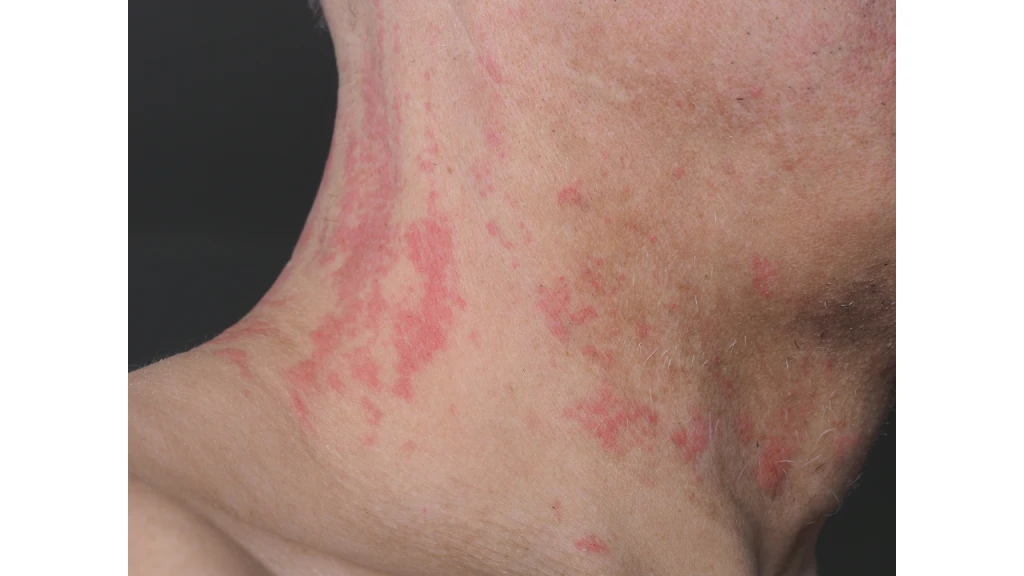
The most common issues include irritation, redness, and flaking, especially if you’re new to tretinoin. Another thing to watch out for is increased sun sensitivity—this is crucial.
Anytime you use tretinoin, especially on the delicate skin of your neck, you’ll need to be diligent with sunscreen. A broad-spectrum SPF 30 or higher should be part of your morning routine, without exception.
Gradual Approach
To minimize irritation, I recommend starting with a low concentration like 0.025% or even 0.01%. Begin by applying it just 2-3 times a week and monitor how your skin responds. Over time, as your neck adjusts, you can slowly increase the frequency.
But here’s a tip: always do a patch test first on a small section of your neck to make sure your skin can handle it. Taking it slow is the best way to avoid the dreaded tretinoin purge and ensure your skin stays comfortable.
How to Safely Use Tretinoin on Your Neck
To avoid turning your neck into a flaky mess, start out slow and steady. Here’s a quick guide:
Step-by-Step Guide
- Preparation: Start by cleansing your neck with a gentle cleanser like the Pink Cloud Jelly Cleanser from Amazon.com.
- Application:
- Use only a pea-sized amount for both your face and neck.
- Apply a thin layer, avoiding the thyroid area (located at the base of your neck).
- Do this at night since tretinoin breaks down in sunlight.
- Moisturizing: Use the “sandwich method” if you’re worried about irritation:
- Apply a light layer of moisturizer before tretinoin.
- Wait a few minutes, then apply your tretinoin.
- Follow up with another layer of moisturizer.
- Alternatively, mix tretinoin with your moisturizer if your skin is super sensitive.
Addressing Common Concerns
When adding tretinoin to your neck care routine, it’s natural to have a few concerns. It’s important to manage expectations and understand how this ingredient interacts with other products to get the best results.
Realistic Expectations
I'll let you know upfront … tretinoin is not an overnight miracle. You might need to wait 6 to 8 weeks, or sometimes even longer, to see visible improvements.
While it can do wonders for preventing wrinkles and keeping the skin firm, it’s not as effective at erasing deep-set lines that are already there. Think of it as more of a long-term investment in your skin’s future.
Compatibility
Knowing which products pair well with tretinoin is crucial to avoid unwanted reactions. Ingredients like hyaluronic acid and niacinamide are great companions—they can help soothe and hydrate the skin, counteracting any dryness from the tretinoin.
However, steer clear of using benzoyl peroxide, salicylic acid, or AHAs/BHAs on the same night, as these can be too harsh and increase the risk of irritation.
Managing Side Effects
If you notice irritation, don’t panic—there are ways to soothe your skin. Try reducing how often you’re using tretinoin, and switch to a gentle, hydrating cleanser. Adding a rich moisturizer to your routine can also help calm any redness or peeling.
And if the irritation doesn’t subside, it might be time to consult a dermatologist for personalized advice.
Additional Tips for Neck Rejuvenation
If you’re serious about keeping your neck looking as youthful as your face, here are a few extra tricks:
- Neck Exercises: Yes, they’re a thing! Simple stretches can help tone the muscles underneath.
- Lifestyle Habits: Don’t underestimate the power of a healthy diet, good sleep, and staying hydrated.
- Additional Ingredients: Peptides, hyaluronic acid, and antioxidants can complement your tretinoin routine.
- Professional Treatments: In-office treatments like microneedling or laser therapy can enhance your results if you’re looking for a little extra boost.
Wrapping It Up
Using tretinoin on your neck can be a game-changer if done thoughtfully. The key is to be patient, start slow, and listen to your skin. With consistent use, tretinoin can help smooth wrinkles, firm up sagging skin, and give your neck the attention it deserves.
So, if you’ve been wondering whether it’s time to show your neck some love with tretinoin, now you have your answer. Happy skincare experimenting—and don’t forget that sunscreen!

